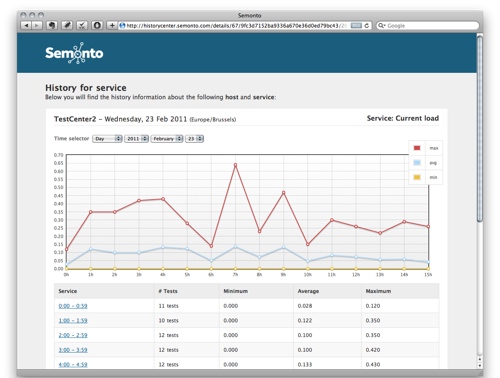Apple has won several patents by the US Patent & Trademark Office involving its retail stores’ sales system, iPhones and iPods.
Patent number 7933807 is for a stored order system for electronic commerce. In other words, it’s for the payment system used in Apple retail stores. Per the patent, a stored order system is used with a shopping cart application for an electronic commerce site. The items of each stored order are saved together, which is an advantage when a main item and accessories are combined in an order. Additionally, a stored order can be emailed to another person. The email message allows the recipient to purchase the items of the stored order. The inventors are Eduardo Cue, Daniel Marusich, Glenn D. Epis and Judy D. Halchin.
Patent number 7933123 involves a portable electronic design with two-piece housing — the design of the iPhone and iPod touch. Portable electronic devices are provided. Each device may be formed from two parts. A first part may be provided with components such as a display, a touch screen, a cover glass, and a frame. A second part may be provided with a plastic housing, circuit boards containing electrical components, and a bezel. Engagement members may be connected to the first and second parts.
The engagement members may be formed from metal clips with holes and springs with flexible spring prongs that mate with the holes in the clips. The metal clips may be welded to frame struts on the frame and the springs may be welded to the bezel. During assembly, the first part may be rotated into place within the second part. Retention clips attached to the frame may be used to secure the two parts together. Assembly instructions and associated connector numbers may be provided within the devices. The inventors are Erik L. Wang, Phillip M. Hobson, Kenneth A. Jenks and Adam D. Mittleman.
Patent number 7932897 is for a method of increasing the spatial resolution of touch sensitive devices. The patent is for a capacitive touch sensitive device — namely, the click wheel of certain iPods. One aspect of the touch sensitive device described herein is a reduction in the number of sensor circuits needed for circular or linear capacitive touch sensitive devices while maintaining the same resolution and absolute position determination for a single object.
A related aspect of the touch sensitive device described herein a coding pattern that allows each sensor circuit of a capacitive touch sensitive device to share multiple electrodes at specially chosen locations in a sensor array such that the ability to determine the absolute position of a single object over the array is not compromised. The inventors are John Greer Elias, Wayne Carl Westerman and James Edmund Orr IV.
Patent number 7932896 involves techniques for reducing jitter for taps. Distinguishing sloppy taps from sliding motions is disclosed using an algorithm that can take into account both a time instability factor Tinst and a touch instability factor Zinst. A limited amount of motion per frame can be subtracted off immediately following the detection of a touch event. Small lateral motions indicative of a sloppy tap can be suppressed, while fast finger motions indicative of a quick, long cursor movement can immediately pass through the filter without being suppressed by a significant amount.
A motion pass-through suppression factor can be applied subtractively to motion in particular direction as a function of Zinst and Tinst, wherein Zinst can represent a suppression value given as a finger speed for a particular percentage change in touch instability per frame, and Tinst can represent a suppression value given as finger speed for a particular press. Carl Wayne Westerman is the inventor.
Patent number 7932896 is for deletion gestures on a portable, multifunction device. Deletion gestures for use on a portable multifunction device with a touch-sensitive display are disclosed. In some embodiments, a computer-implemented method for use in conjunction with the portable multifunction device comprises displaying a list of items on the touch-sensitive display, detecting a first gesture on the touch-sensitive display to edit the list of items, responding to the first gesture by displaying a first icon next to each deletable item in the list, detecting a second gesture on the touch-sensitive display to select one of the deletable items, and responding to the second gesture by displaying a second icon next to the selected item.
If a third gesture on the second icon is detected, the selected deletable item is deleted. If a fourth gesture on the first icon next to the selected deletable item is detected, the second icon is deleted. The inventors are Scott Forstall, Greg Christie, Stephen O. Lemay, Bas Ording and Marcel van Os.
— Dennis Sellers




